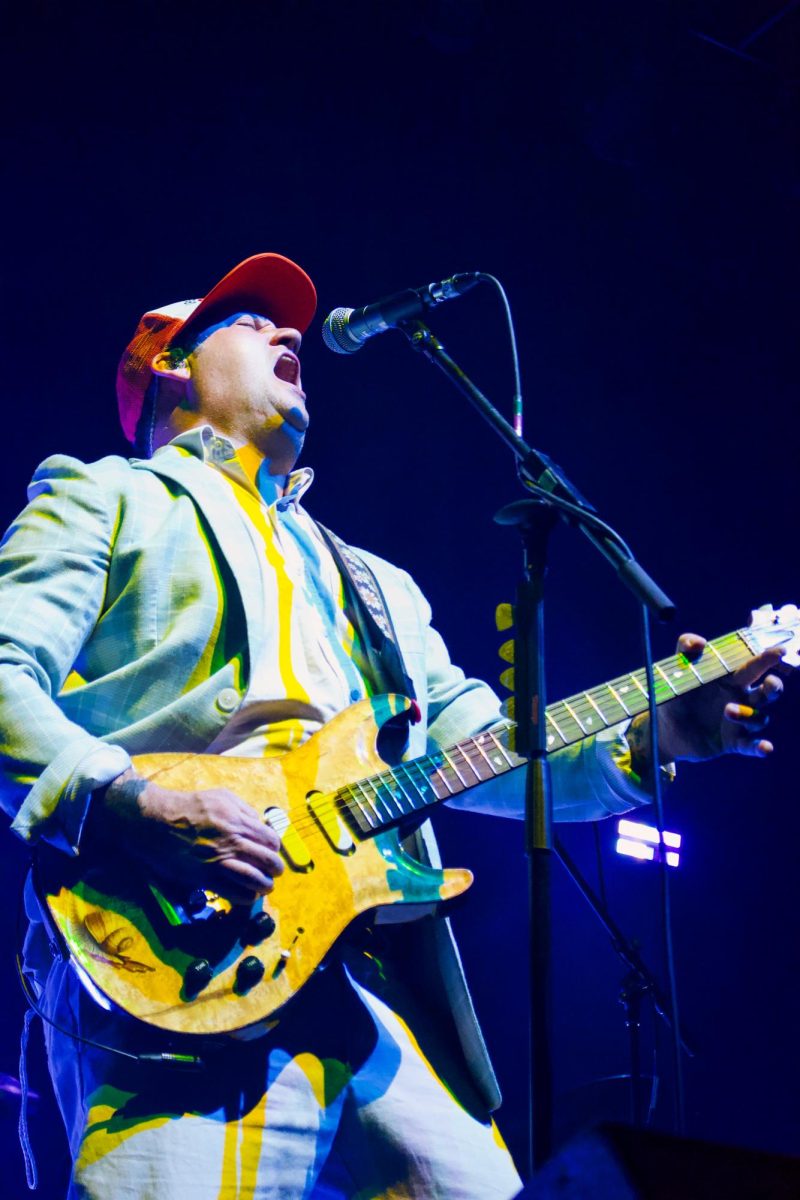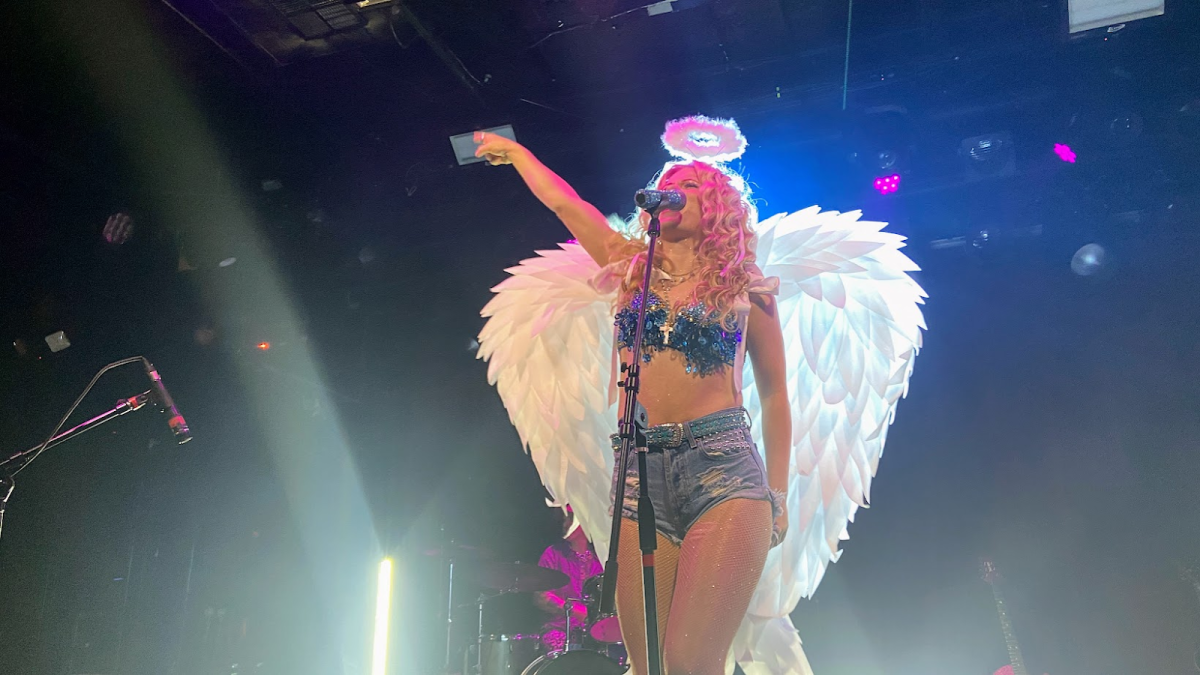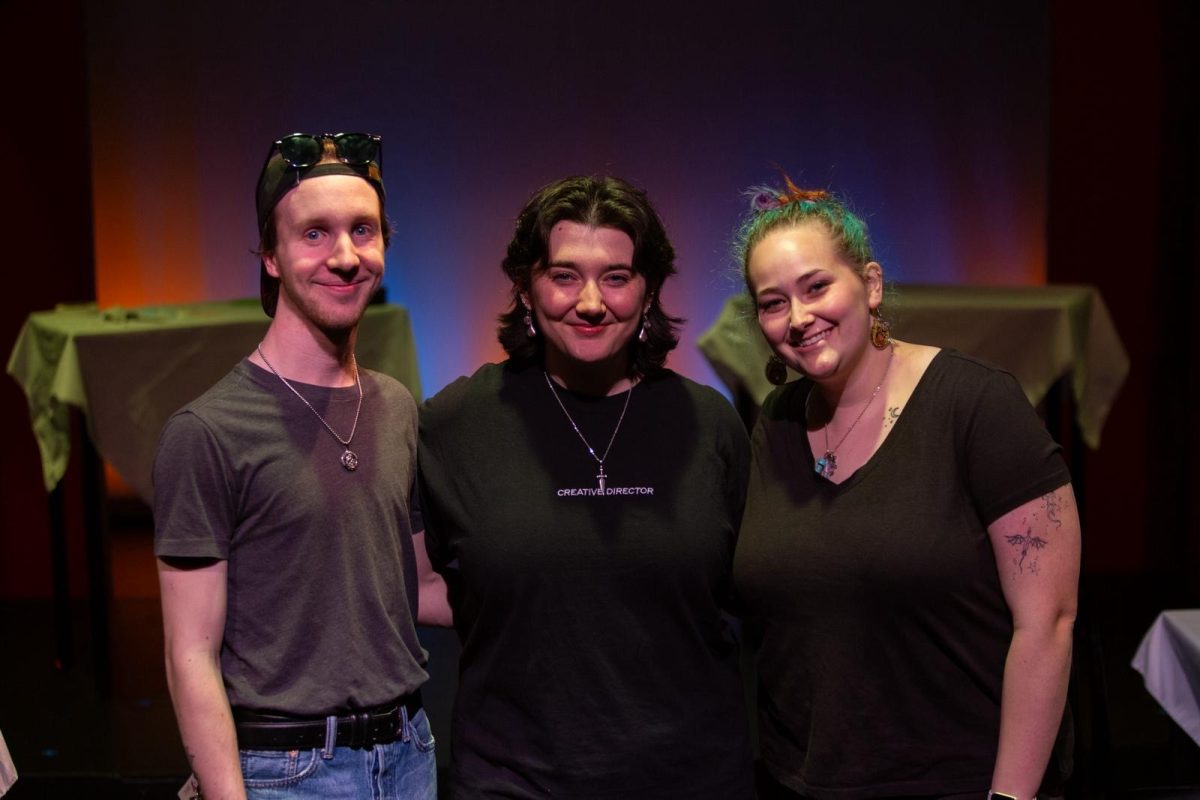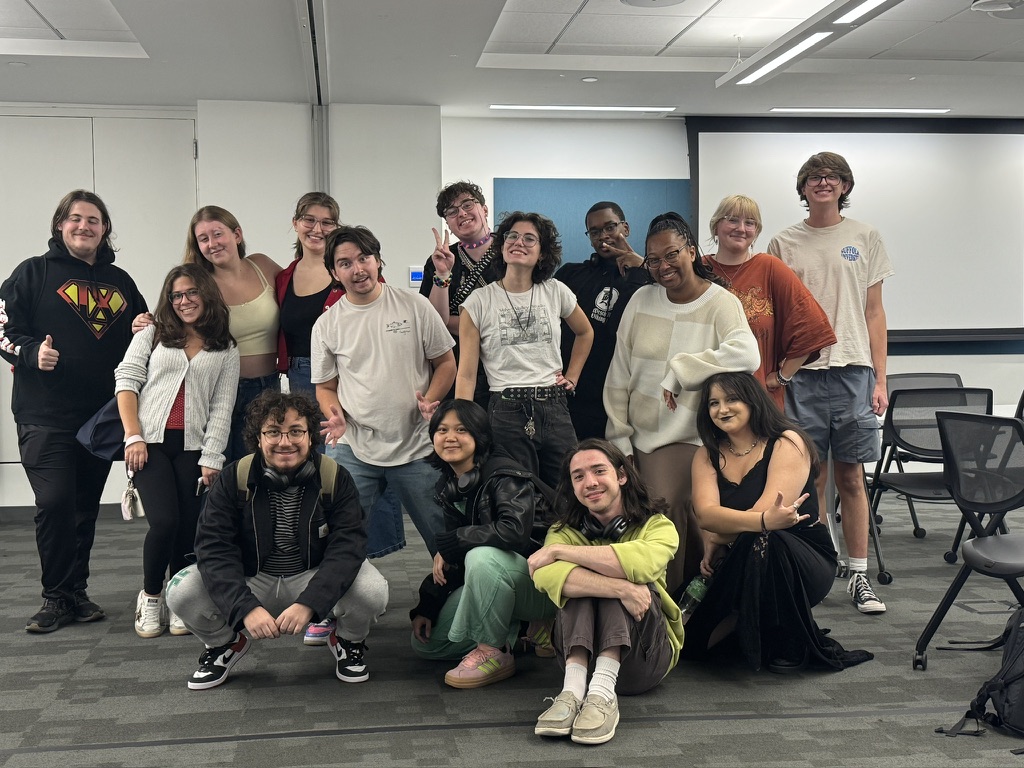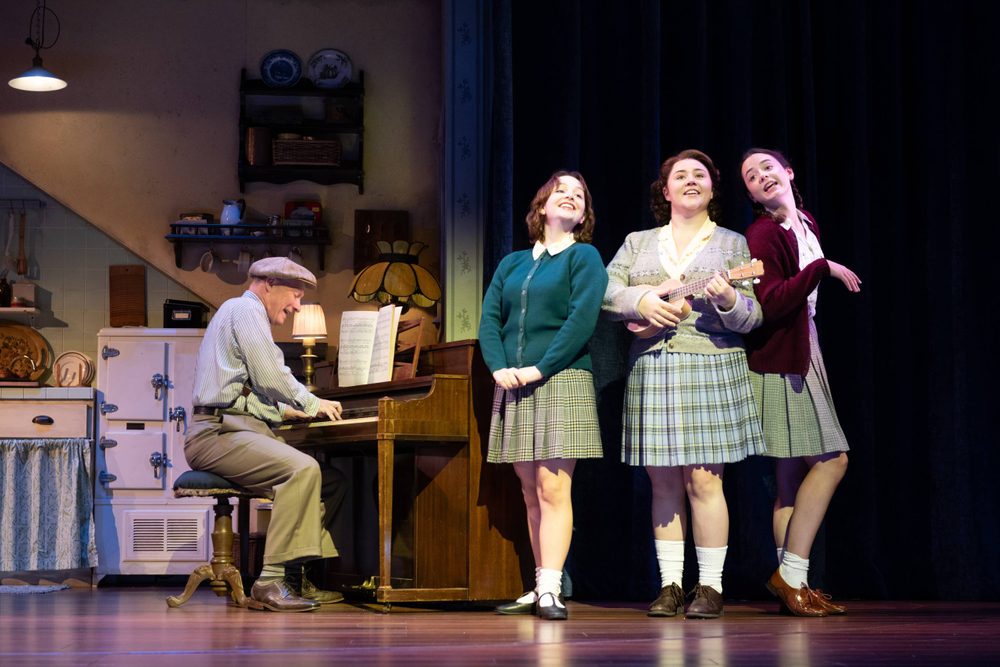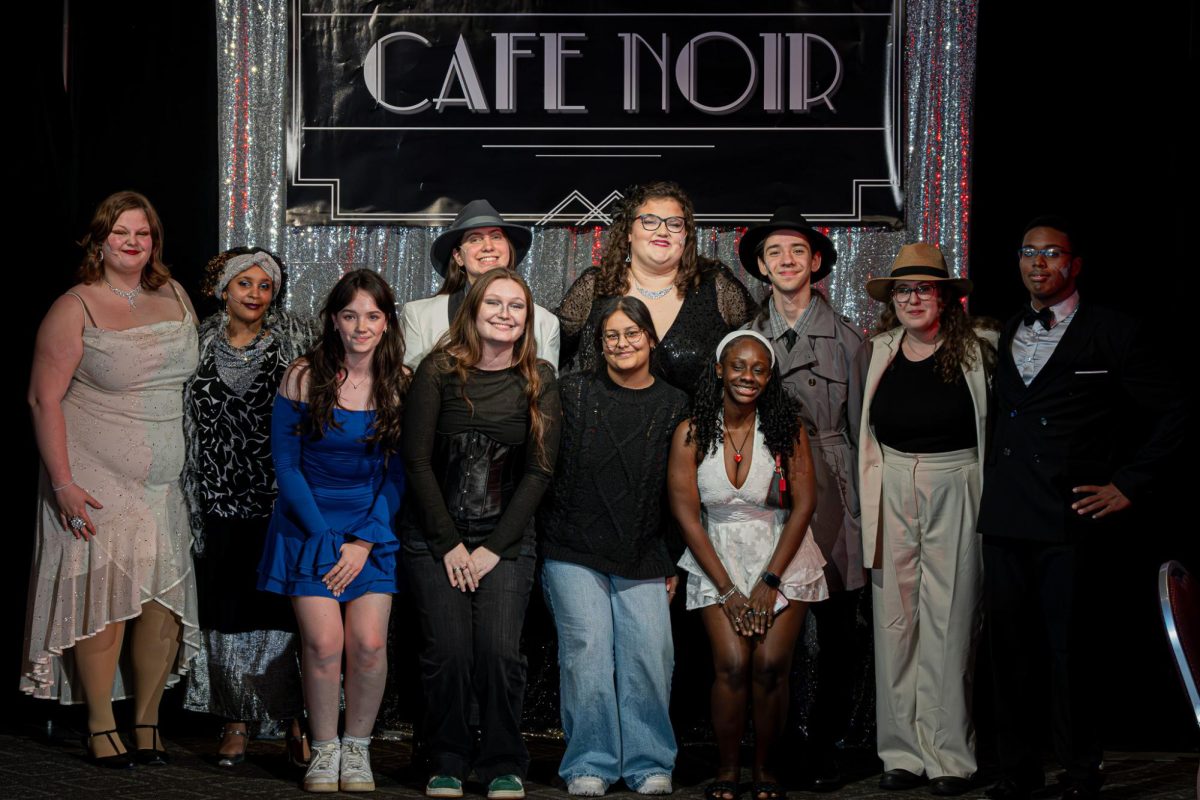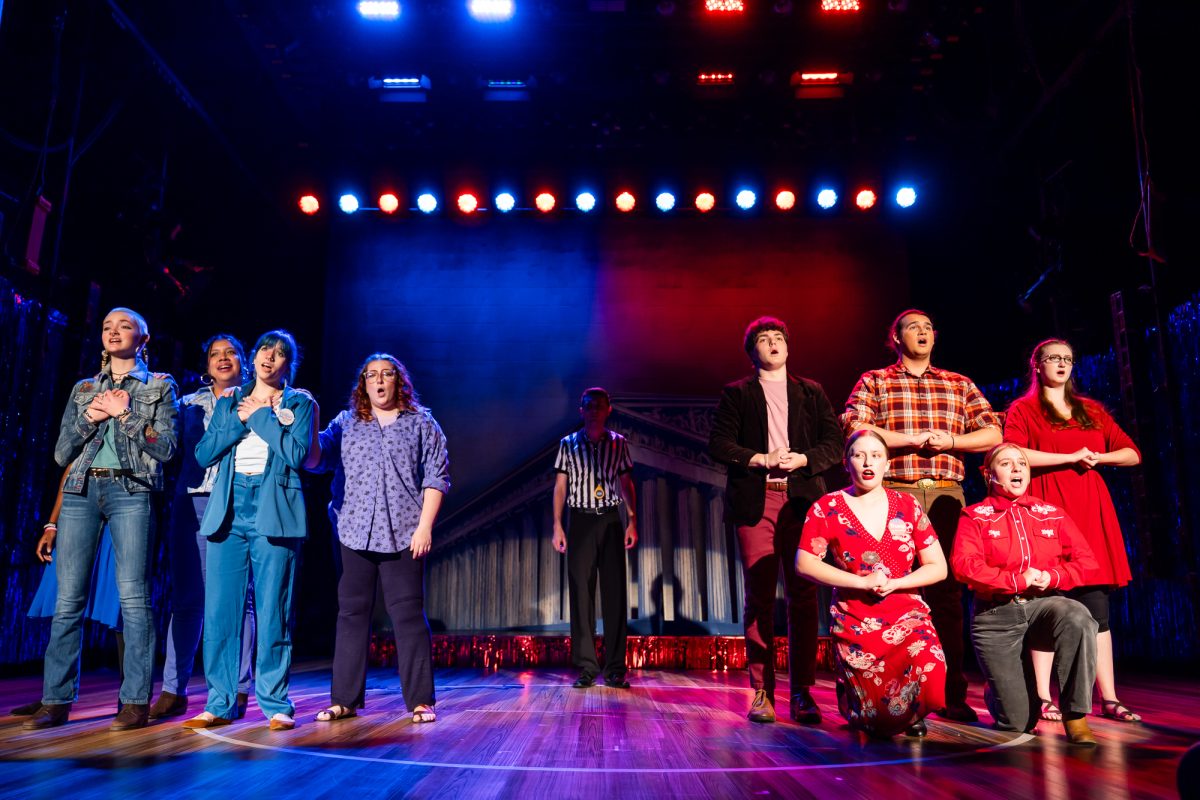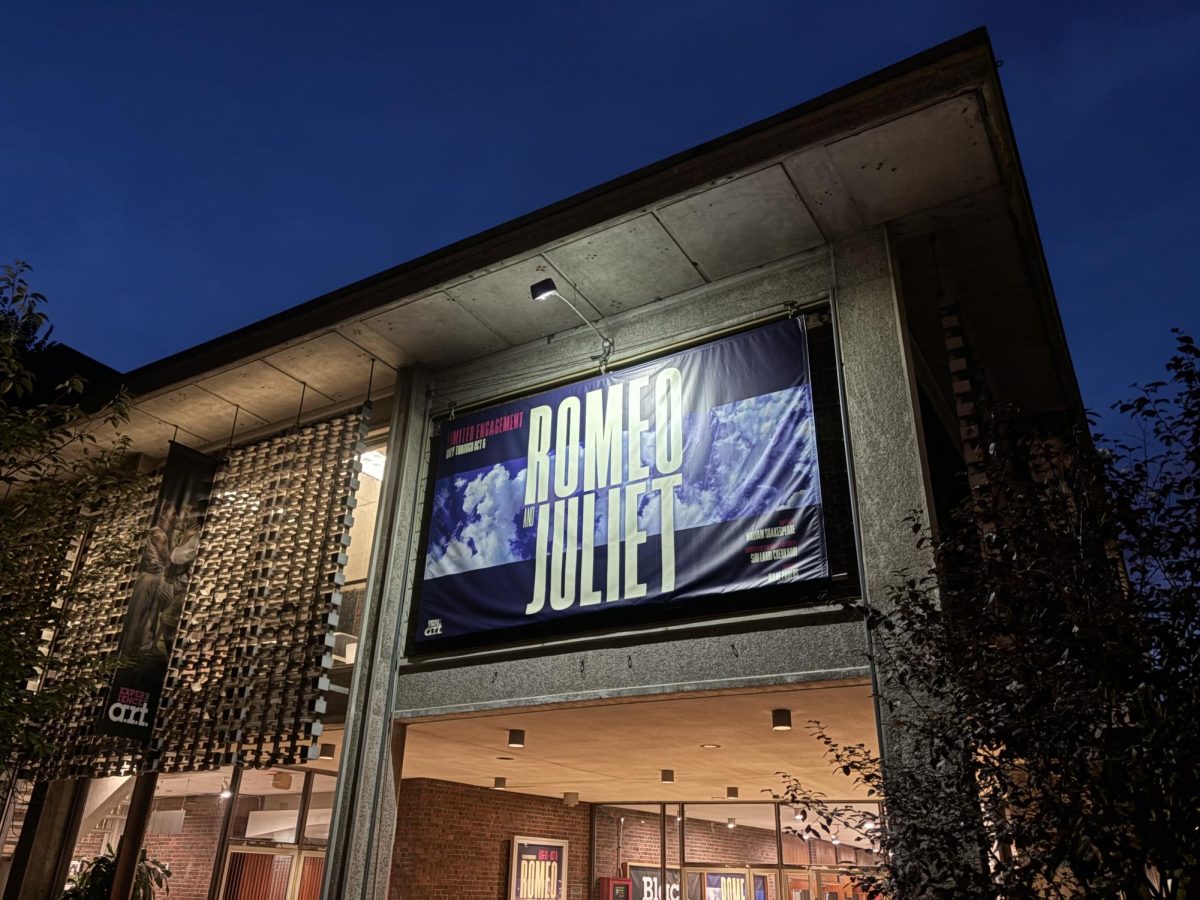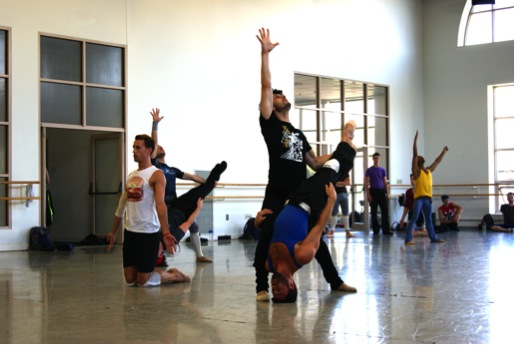
By Elizabeth Hadley
Every day since August, the Boston Ballet has been rehearsing for a major upcoming production. “The Third Symphony of Gustav Mahler,” a ballet by John Neumeier, will premier at the Boston Opera House from Oct. 22 through Nov. 1.
The principal ballet dancer, Petra Conti, and the ballet master, Anthony Randazzo, both agree this is one show people do not want to miss and will be very different from previous shows.
Months of intense training has prepared dancers for this unprecedented performance.
“The day begins with an hour and a half warm-up class. Then three hours of rehearsals, an hour for lunch, and then three more hours of rehearsals. They are very physical, and very demanding,” Conti said.
Conti, the principal female dancer originally from Milan, Italy, has been dancing since she was 11 years old.
Named “San Francisco Ballet’s premier danseur noble” by the San Francisco Chronicle, Randazzo joined the artistic staff at Boston Ballet in 2002.
The music is the principle role in the ballet, and Conti feels “this is a masterpiece for me to dance in, because of the huge symphony that accompanies the dancers,” she said.
A large symphony and choir will be the highlight of the performance.
“It will produce a profound impact onto the audience, as it is the principle role in the ballet,” Randazzo said.
The ballet consists of six movements, with the first movement featuring all male dancers.
“It is a half of an hour of just men. The first movement is very challenging to perform, but the audience will see and feel the power on stage,” Conti said.
While there is an obvious plot the audience can follow in other ballets like “Swan Lake” or “The Nutcracker,” this will be unlike the typical ballet performance, according to Randazzo.
“This ballet is not like anything else you’ve ever seen. It’s unique, special, and beautiful,” he said.
In The Third Symphony of Gustav Mahler, there is no intermission for the hour and 45 minute show, and will demand more from the audience.
Conti explained that this ballet demonstrates dualism, contrast, and development.
“Where there is light, there is dark. The music grows up, it never ends,” he said.
Conti points out what is so special about this performance is that it will be a different experience for the audience. The ballet will develop for everyone in its own unique way.
“Each person who watches the ballet will take away something different, a different message, a different emotion,” Conti said.
Given its style, music, and performance, this ballet will be entertaining for everyone if they are willing to open themselves up to the work, according to Randazzo.
“This is the type of work that does not come around often. This is the kind of work that you do not want to miss, even if you do not know anything about ballet,” he said.


